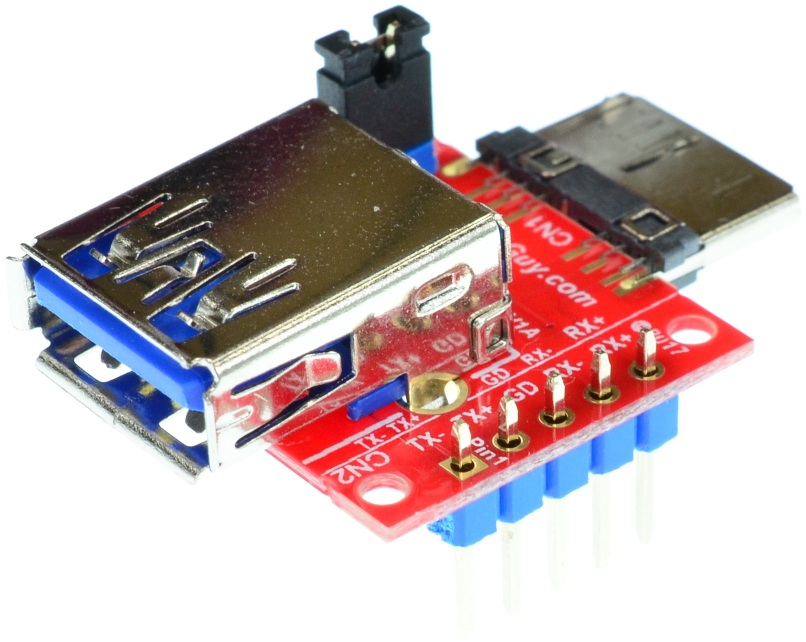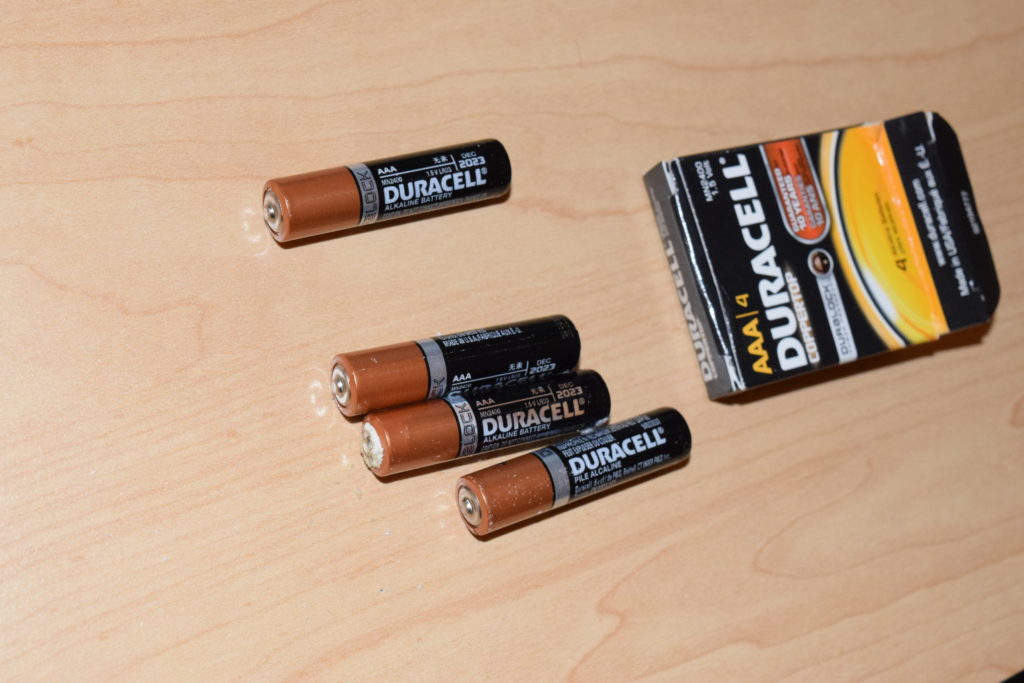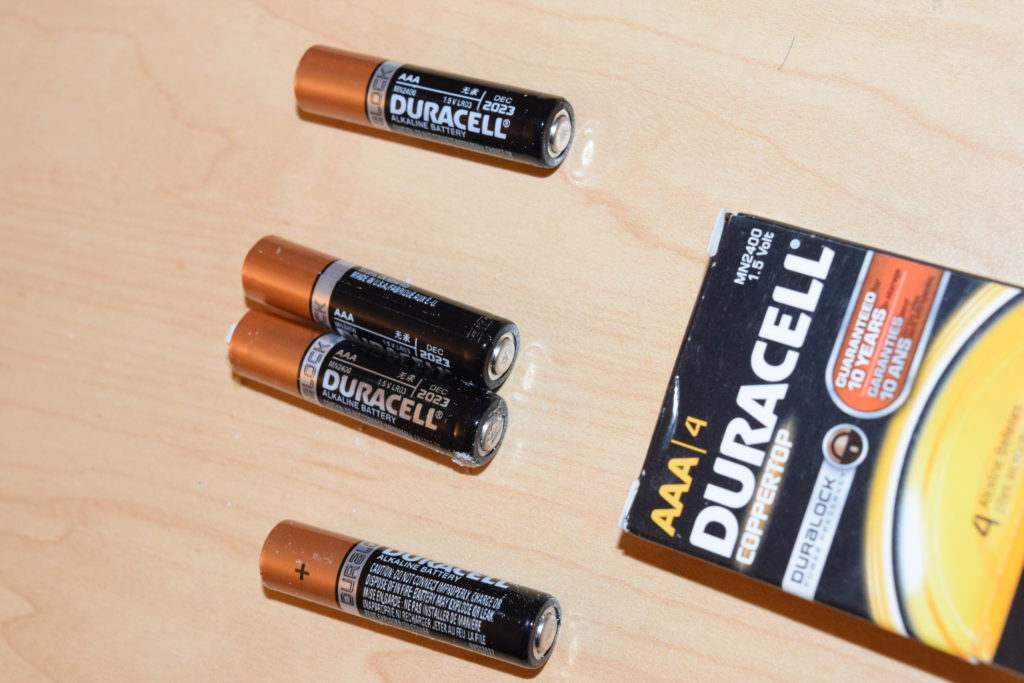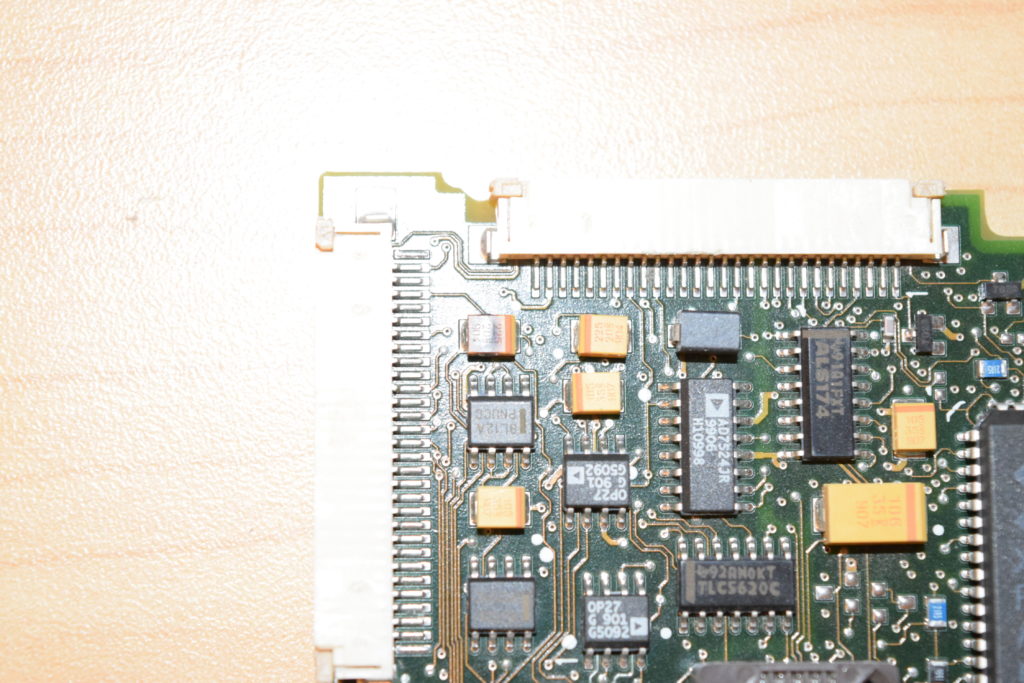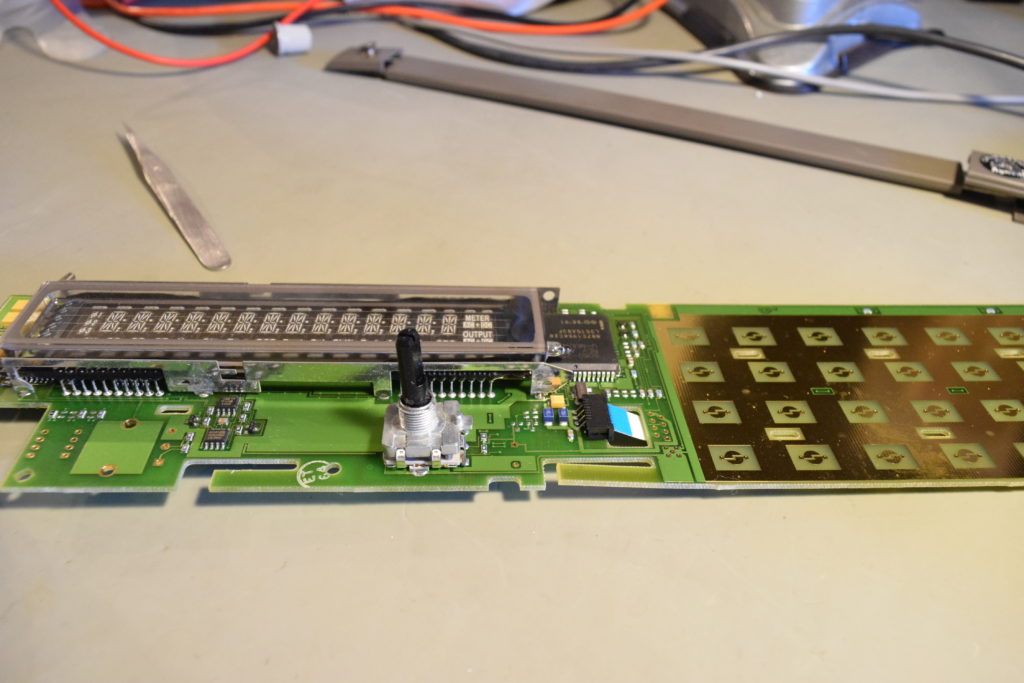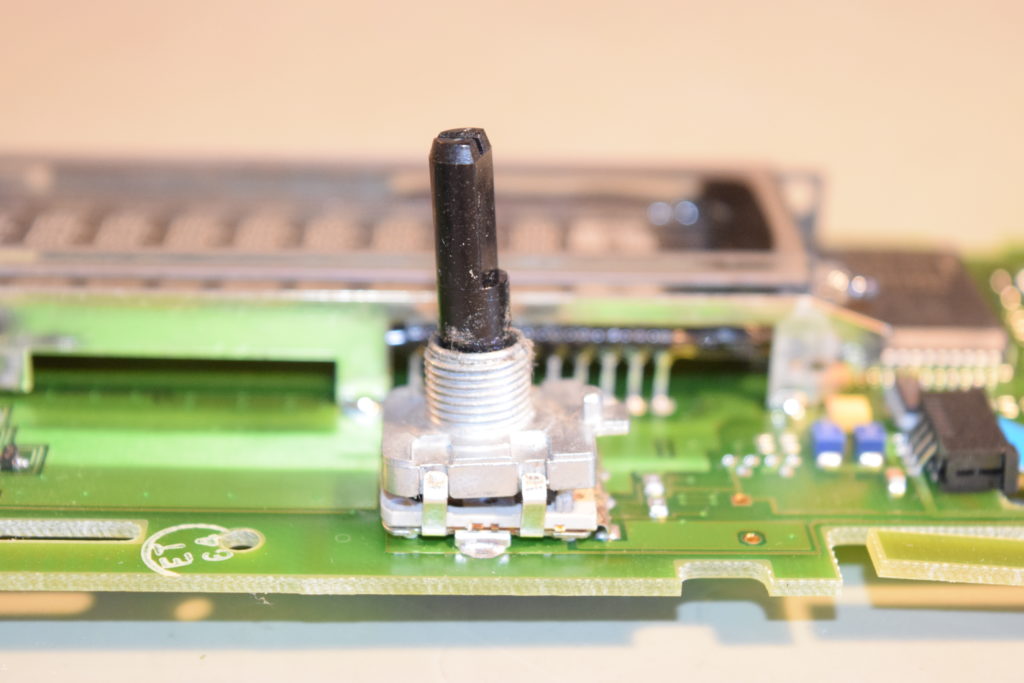I’d like to charge my phone and use USB devices at the same time, but it seems like it requires a 64.9kOhm resistor from sensor ID pin (micro USB) to ground. Instead of melting a USB-OTG cable, I bought this adapter (schematics here)
so that I can have direct access to the ID pin. This is a USB 3.0 give that I have a Galaxy Note 3. The same principles apply to the USB 2.0 versions for Galaxy Note 4.
According to this website, fsa9480_i2c.h has the table for the resistor ID values. Turns out 64.9kOhm is the one for both charging (slowly) and using USB devices (like mouse, network adapter, etc.).
RID_USB_OTG_MODE, /* 0 0 0 0 0 GND
*/ RID_AUD_SEND_END_BTN, /* 0 0 0 0 1 2K Audio Send_End Button*/ RID_AUD_REMOTE_S1_BTN, /* 0 0 0 1 0 2.604K Audio Remote S1 Button */ RID_AUD_REMOTE_S2_BTN, /* 0 0 0 1 1 3.208K Audio Remote S2 Button */ RID_AUD_REMOTE_S3_BTN, /* 0 0 1 0 0 4.014K Audio Remote S3 Button */ RID_AUD_REMOTE_S4_BTN, /* 0 0 1 0 1 4.82K Audio Remote S4 Button */ RID_AUD_REMOTE_S5_BTN, /* 0 0 1 1 0 6.03K Audio Remote S5 Button */ RID_AUD_REMOTE_S6_BTN, /* 0 0 1 1 1 8.03K Audio Remote S6 Button */ RID_AUD_REMOTE_S7_BTN, /* 0 1 0 0 0 10.03K Audio Remote S7 Button */ RID_AUD_REMOTE_S8_BTN, /* 0 1 0 0 1 12.03K Audio Remote S8 Button */ RID_AUD_REMOTE_S9_BTN, /* 0 1 0 1 0 14.46K Audio Remote S9 Button */ RID_AUD_REMOTE_S10_BTN, /* 0 1 0 1 1 17.26K Audio Remote S10 Button */ RID_AUD_REMOTE_S11_BTN, /* 0 1 1 0 0 20.5K Audio Remote S11 Button */ RID_AUD_REMOTE_S12_BTN, /* 0 1 1 0 1 24.07K Audio Remote S12 Button */ RID_RESERVED_1, /* 0 1 1 1 0 28.7K Reserved Accessory #1 */ RID_RESERVED_2, /* 0 1 1 1 1 34K Reserved Accessory #2 */ RID_RESERVED_3, /* 1 0 0 0 0 40.2K Reserved Accessory #3 */ RID_RESERVED_4, /* 1 0 0 0 1 49.9K Reserved Accessory #4 */ RID_RESERVED_5, /* 1 0 0 1 0 64.9K Reserved Accessory #5 */ RID_AUD_DEV_TY_2, /* 1 0 0 1 1 80.07K Audio Device Type 2 */ RID_PHONE_PWD_DEV, /* 1 0 1 0 0 102K Phone Powered Device */ RID_TTY_CONVERTER, /* 1 0 1 0 1 121K TTY Converter */ RID_UART_CABLE, /* 1 0 1 1 0 150K UART Cable */ RID_CEA936A_TY_1, /* 1 0 1 1 1 200K CEA936A Type-1 Charger(1) */ RID_FM_BOOT_OFF_USB, /* 1 1 0 0 0 255K Factory Mode Boot OFF-USB */ RID_FM_BOOT_ON_USB, /* 1 1 0 0 1 301K Factory Mode Boot ON-USB */ RID_AUD_VDO_CABLE, /* 1 1 0 1 0 365K Audio/Video Cable */ RID_CEA936A_TY_2, /* 1 1 0 1 1 442K CEA936A Type-2 Charger(1) */ RID_FM_BOOT_OFF_UART, /* 1 1 1 0 0 523K Factory Mode Boot OFF-UART */ RID_FM_BOOT_ON_UART, /* 1 1 1 0 1 619K Factory Mode Boot ON-UART */ RID_AUD_DEV_TY_1_REMOTE, /* 1 1 1 1 0 1000.07K Audio Device Type 1 with Remote(1) */ RID_AUD_DEV_TY_1_SEND = RID_AUD_DEV_TY_1_REMOTE , /* 1 1 1 1 0 1002K Audio Device Type 1 / Only Send-End(2) */ RID_USB_MODE, /* 1 1 1 1 1 Open USB Mode, Dedicated Charger or Accessory Detach */
![]()
